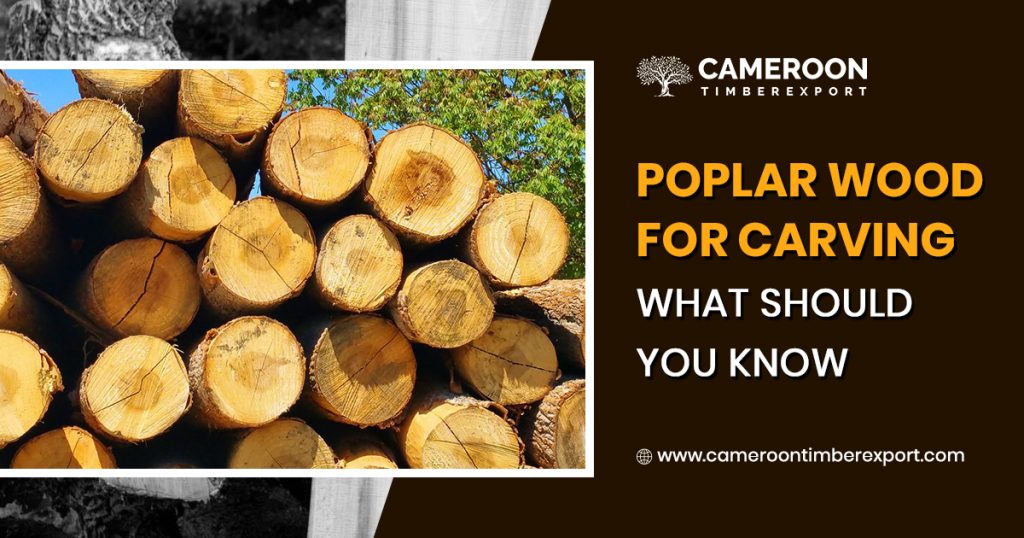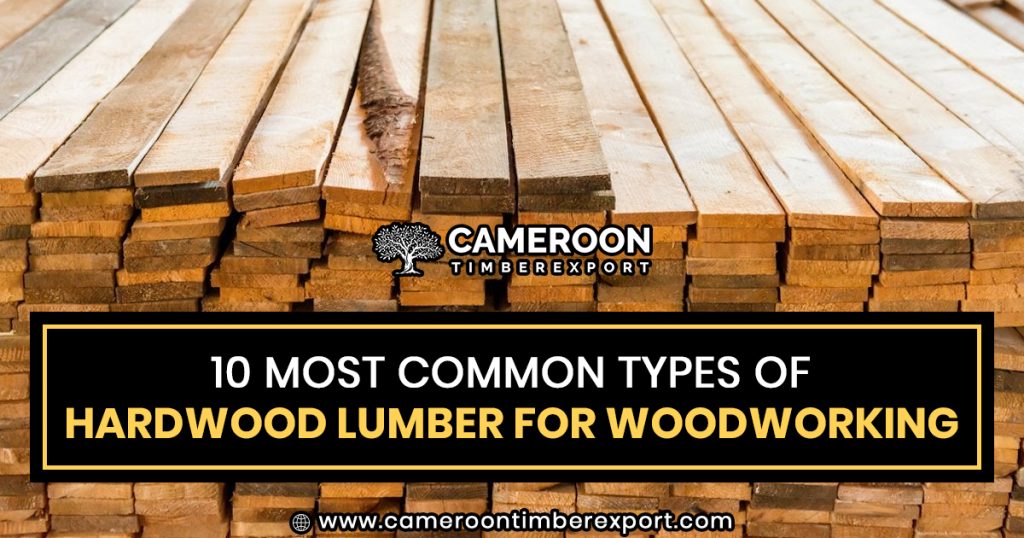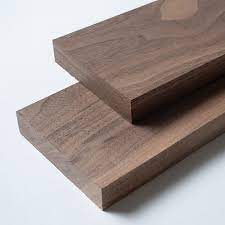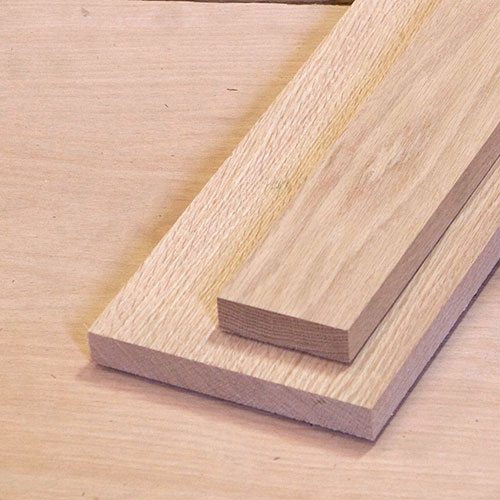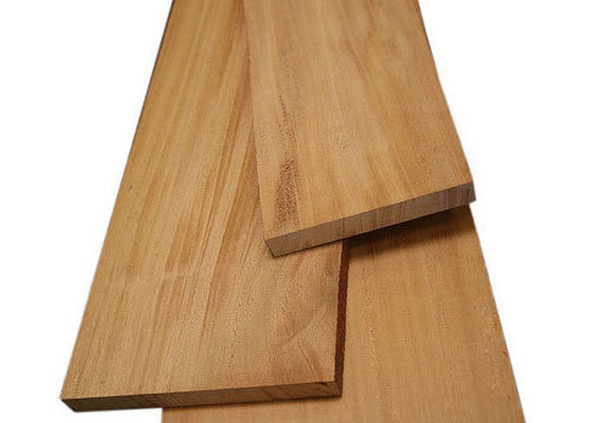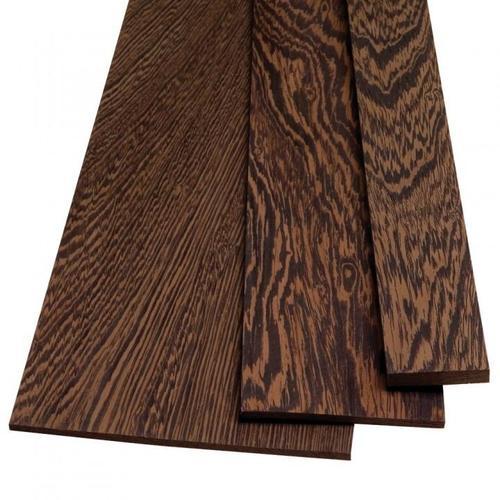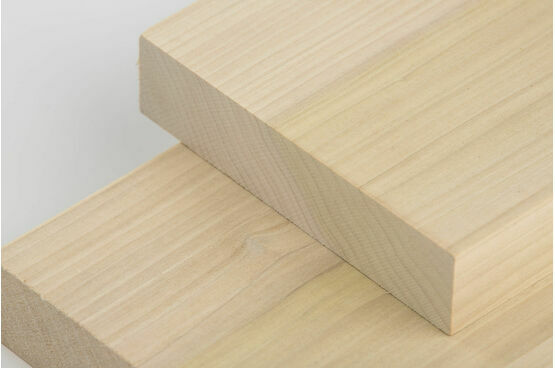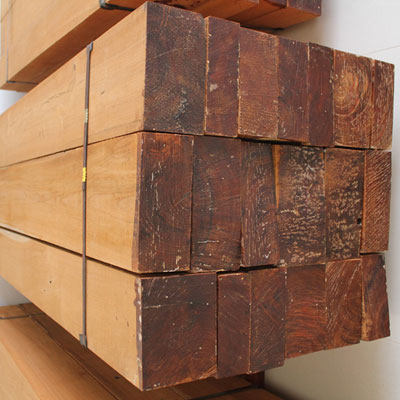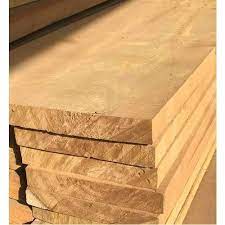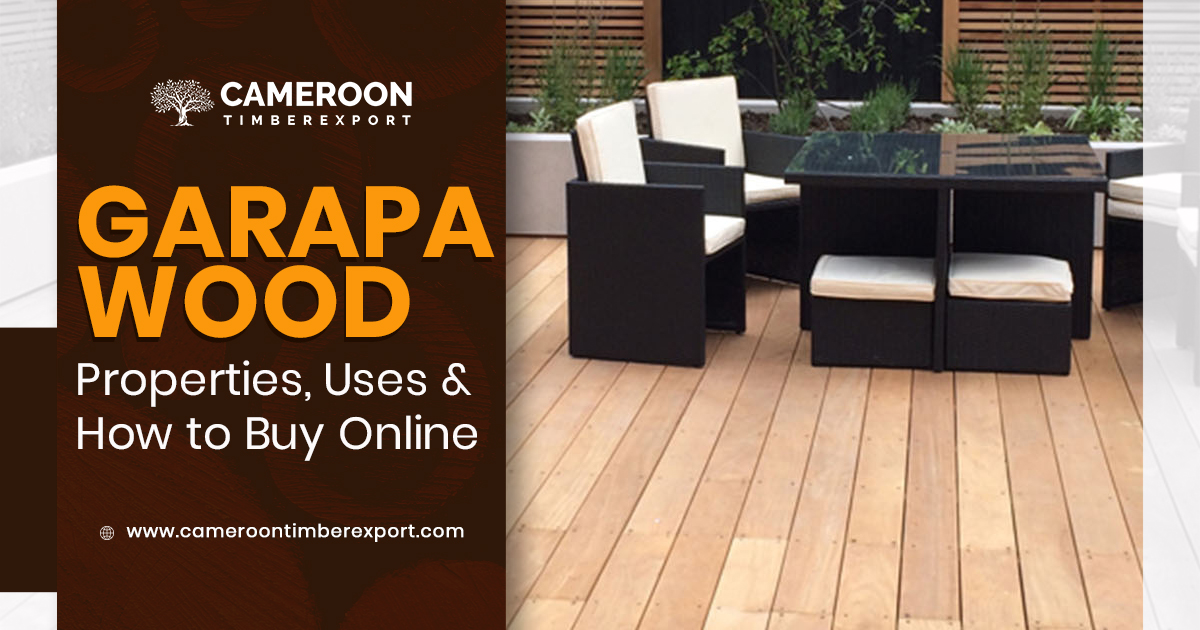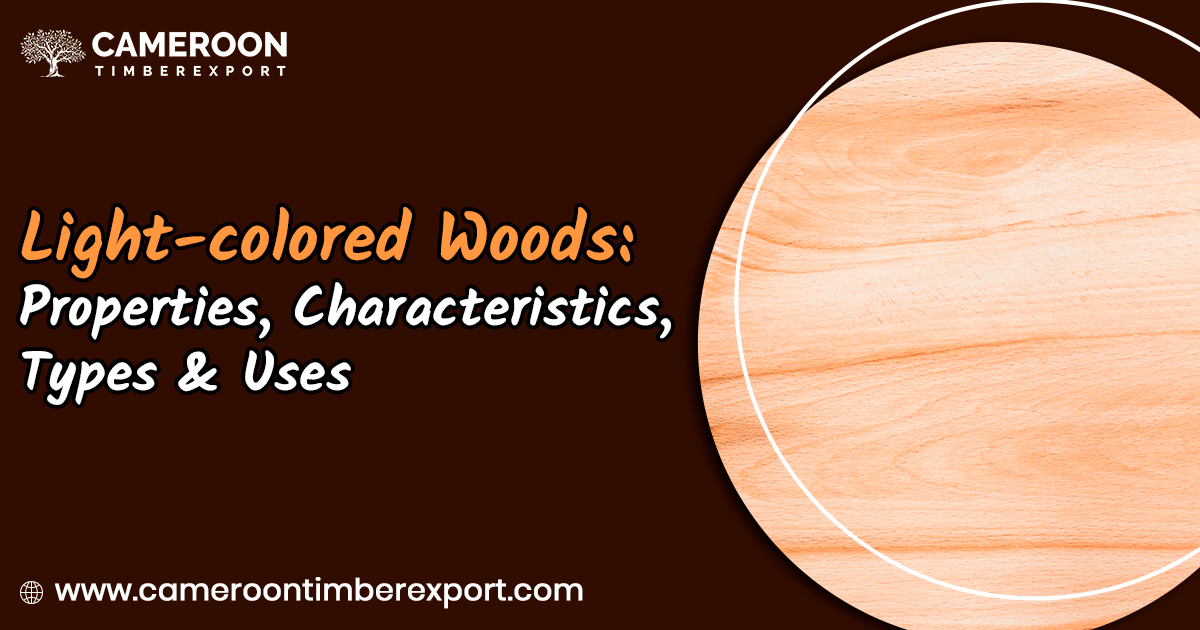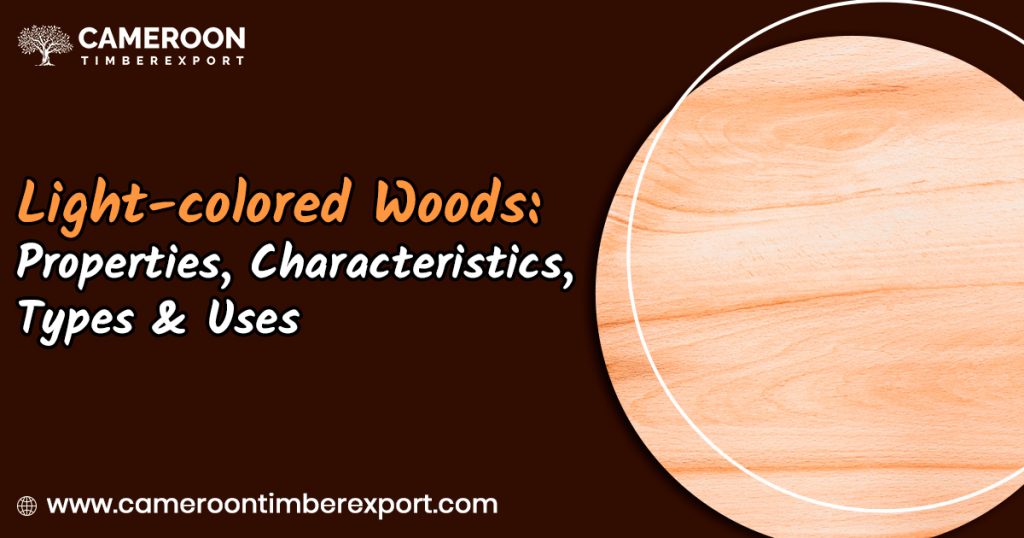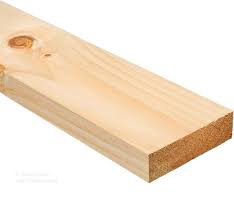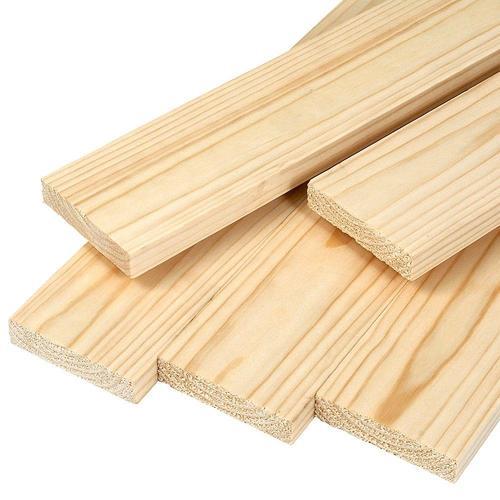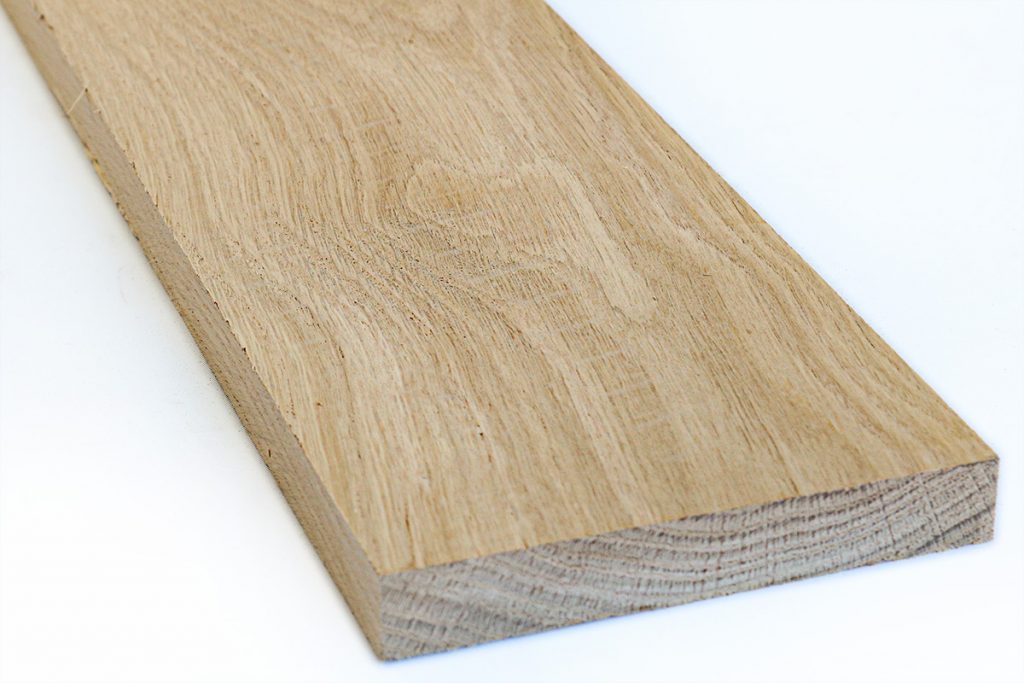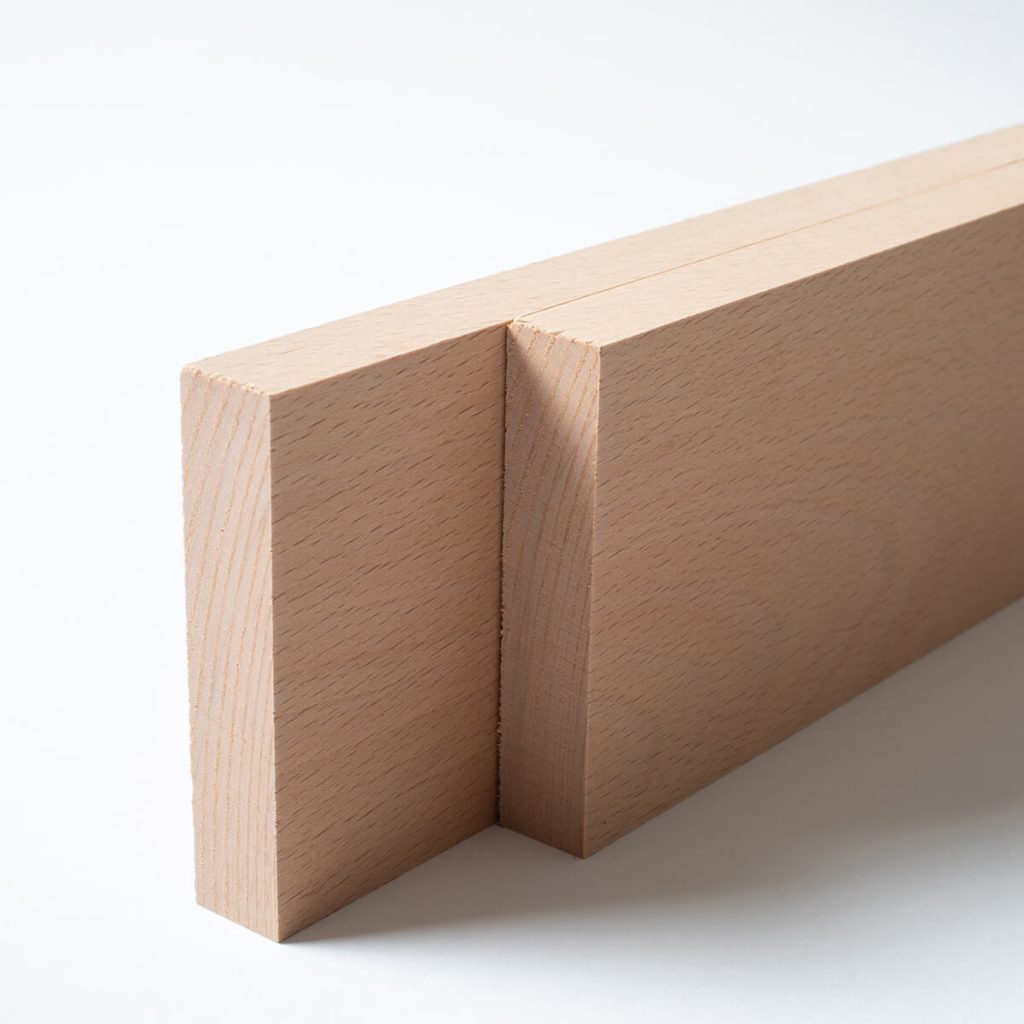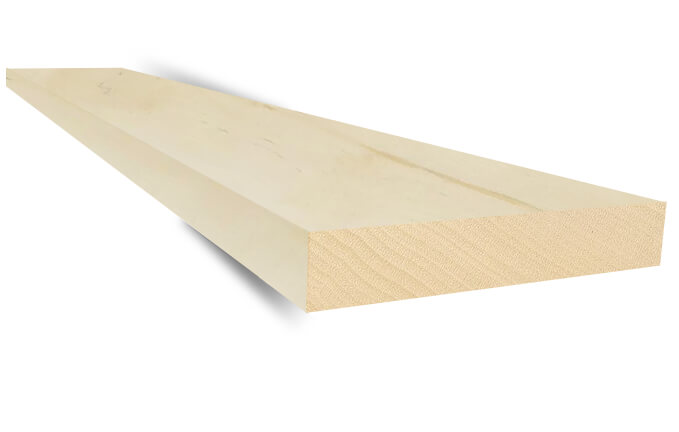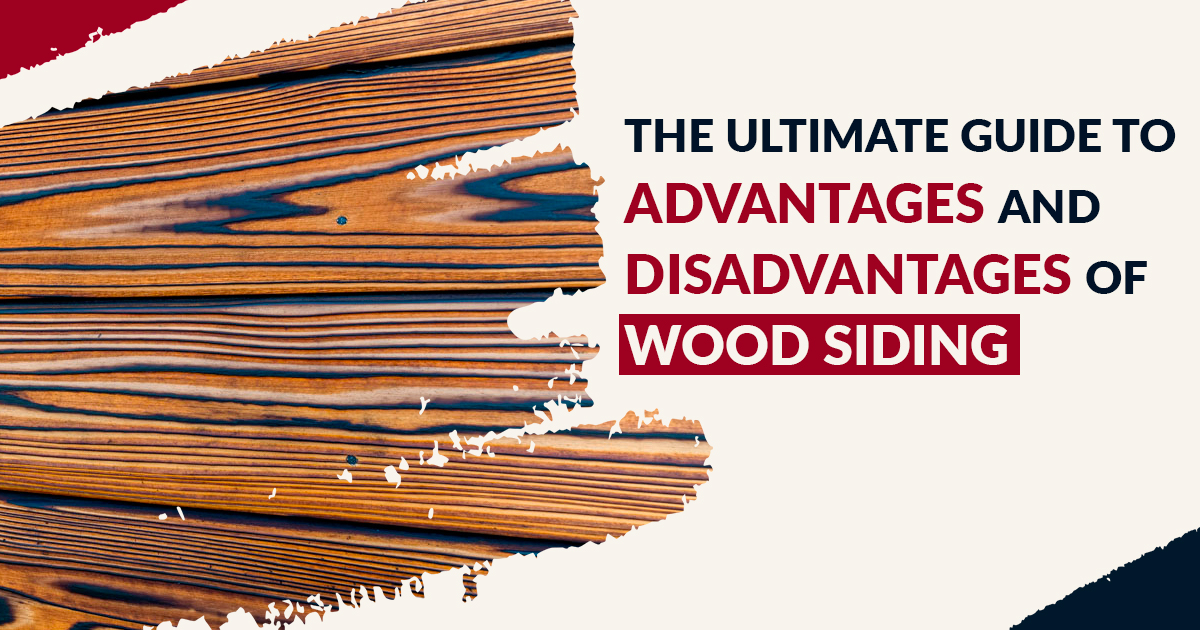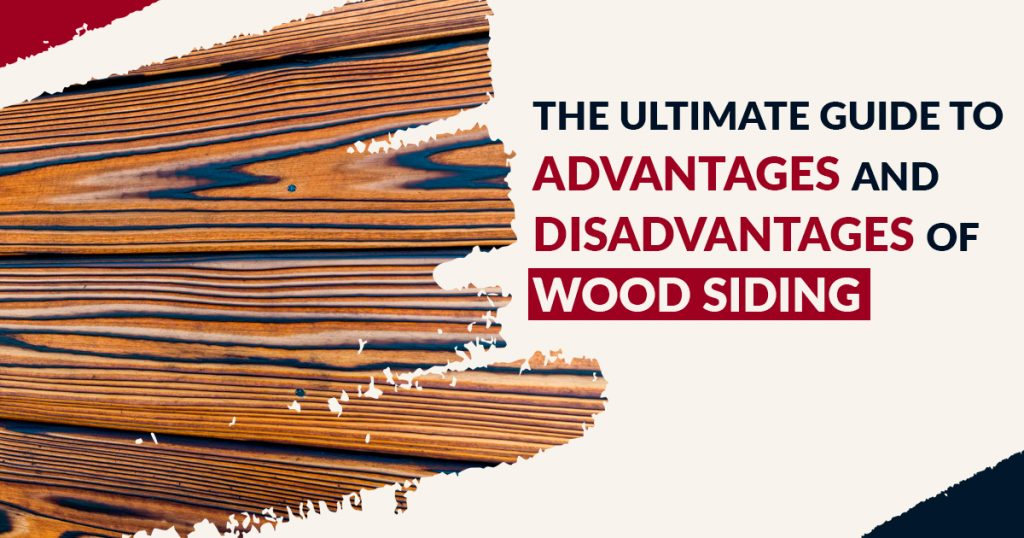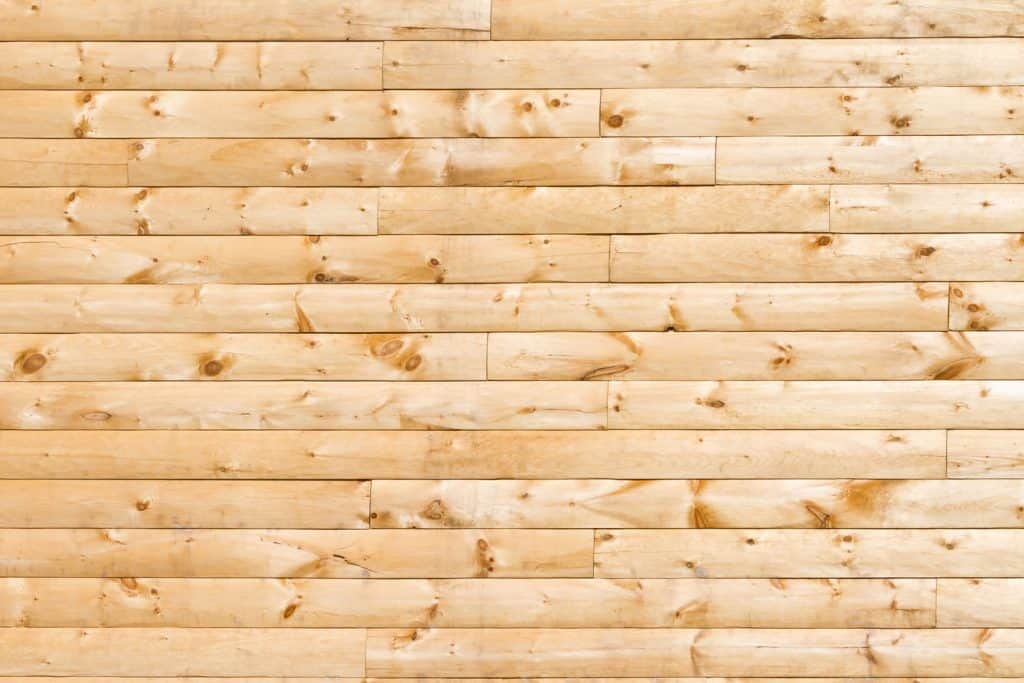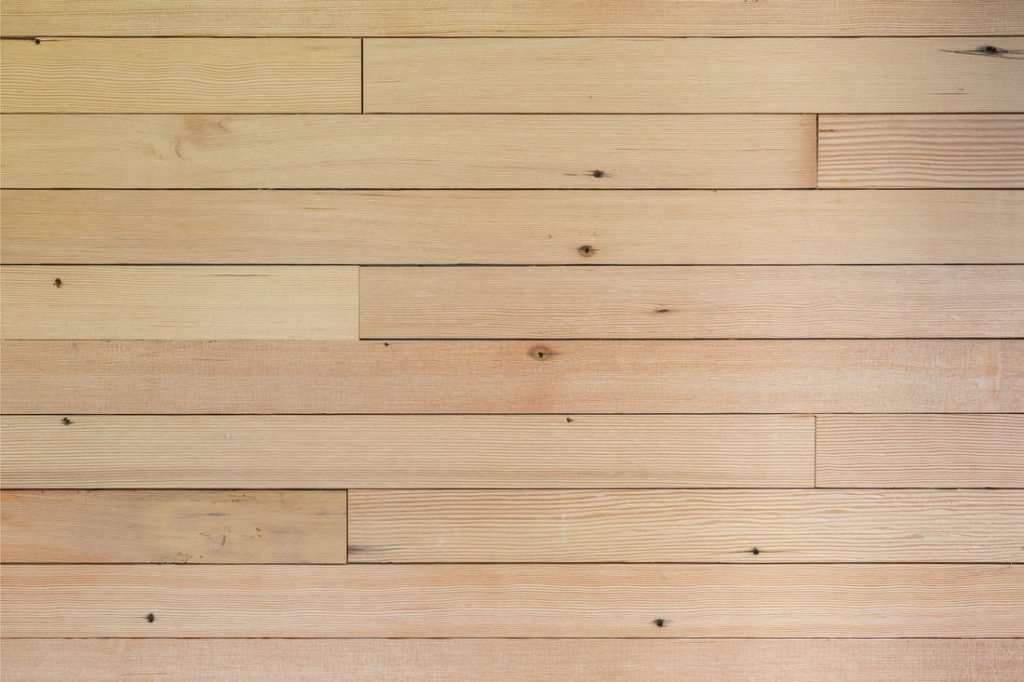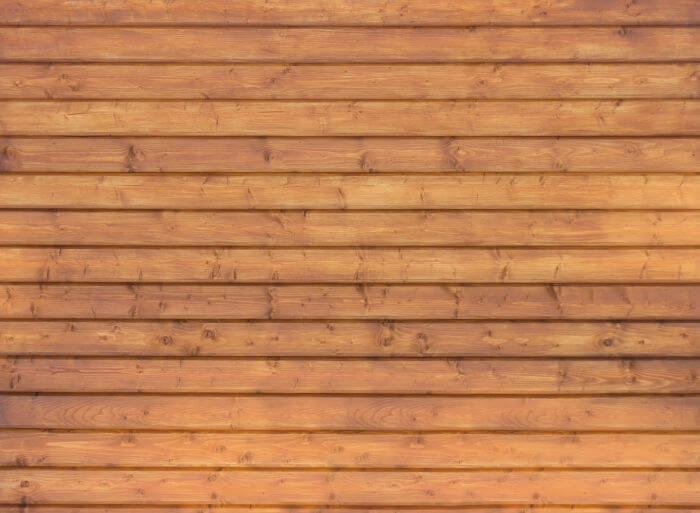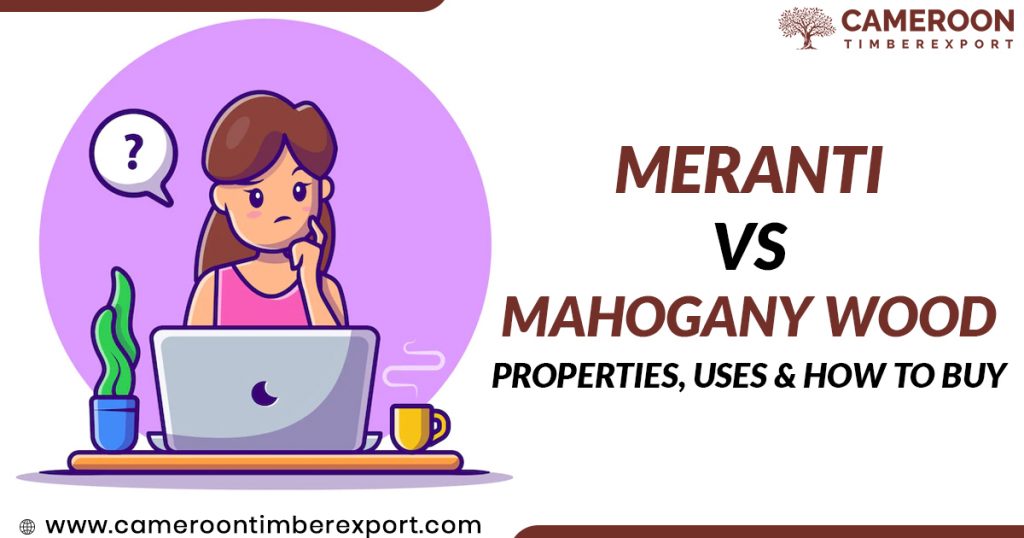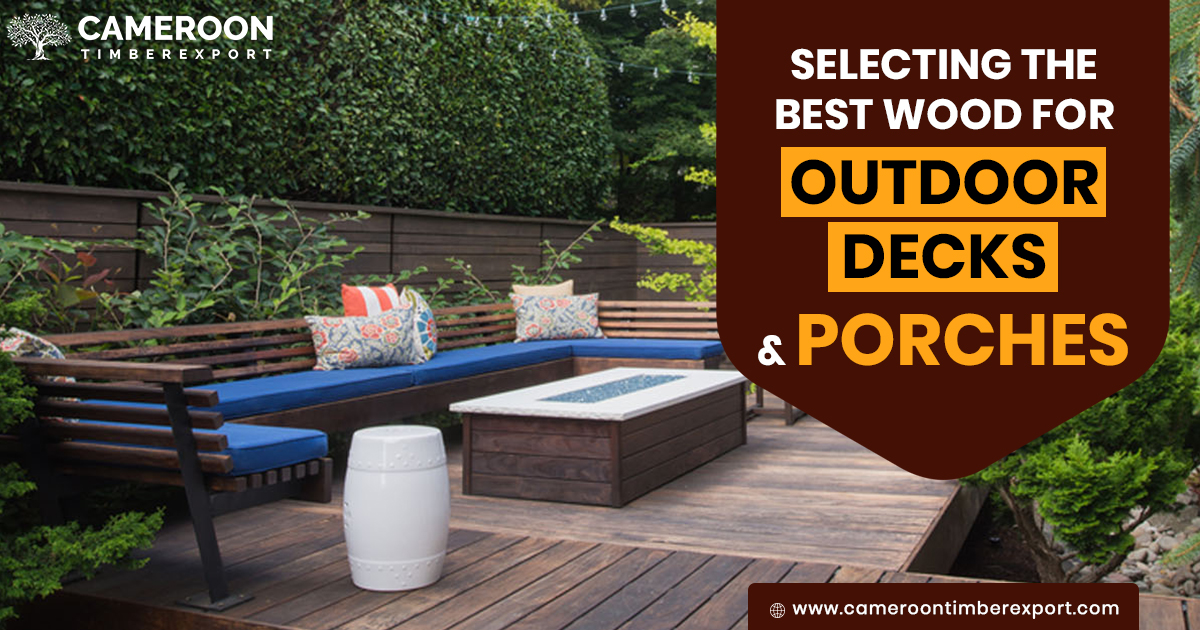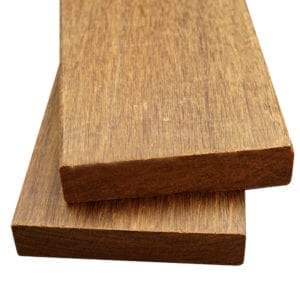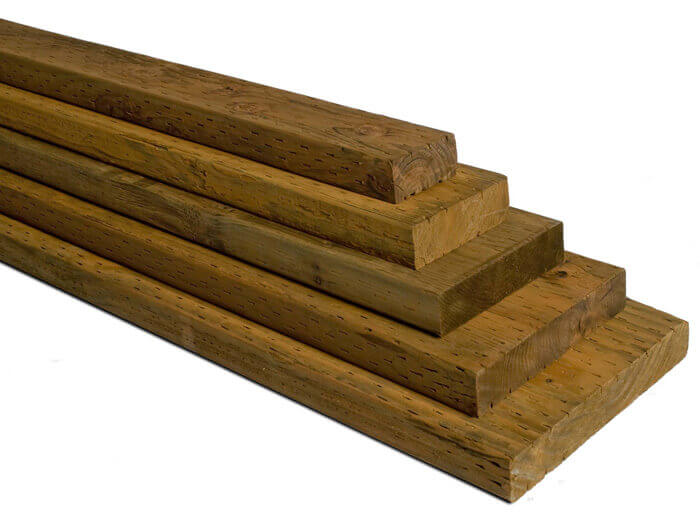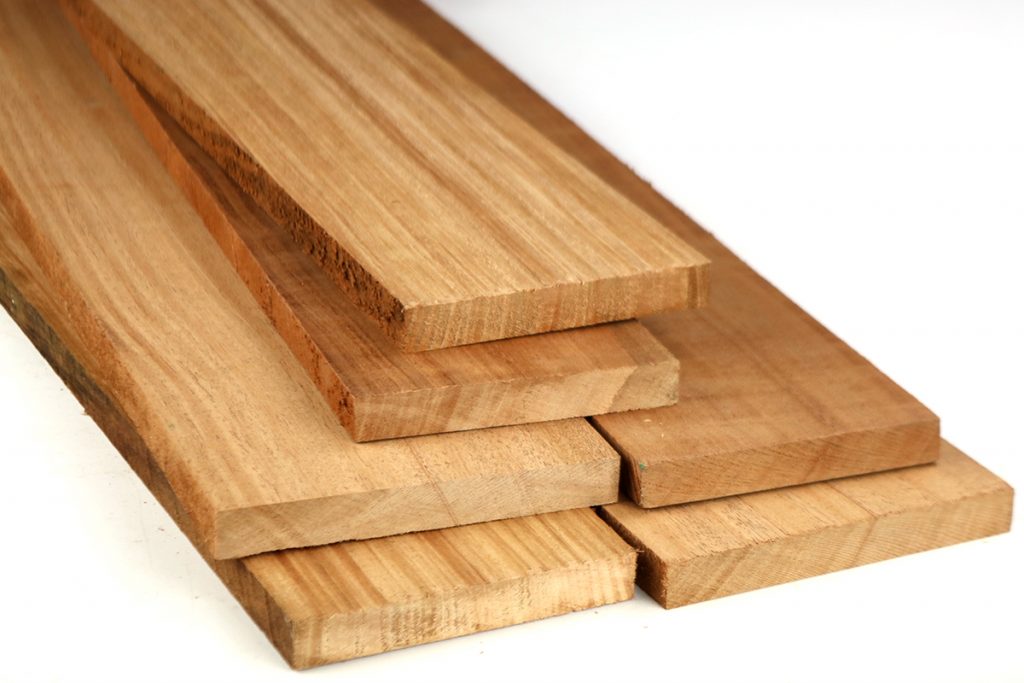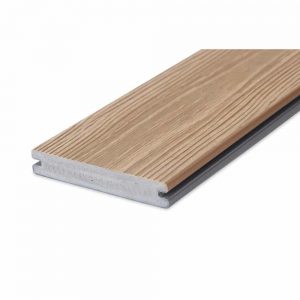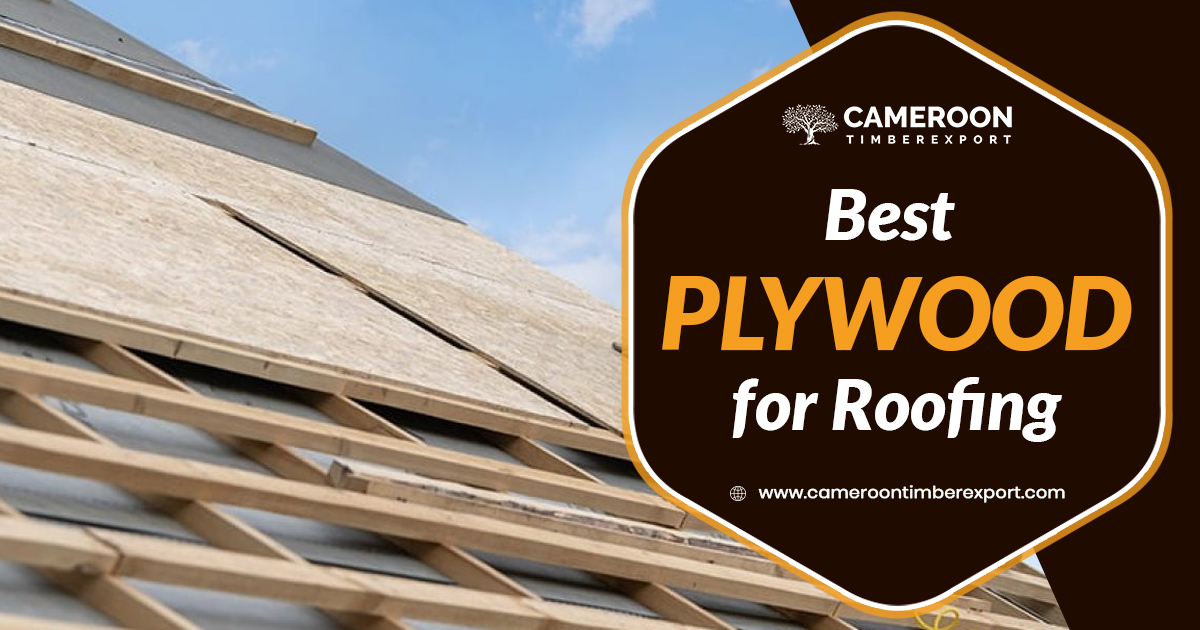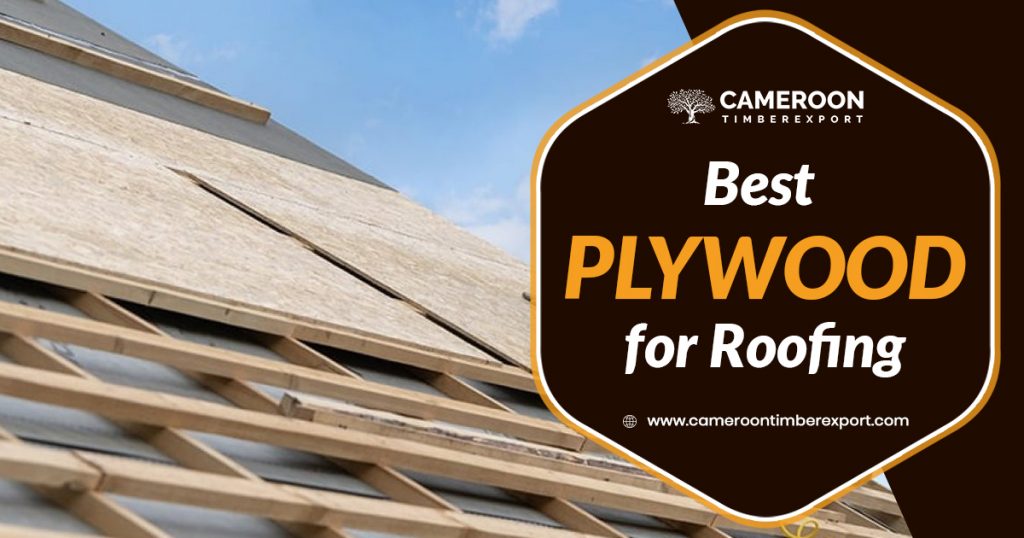Poplar Wood for Carving – What Should You Know?
Planning to use poplar wood for carving? Here’s everything you need to know about whether or why poplar is the best, inexpensive choice for wood carving.
What is Wood Carving?
Wood carving refers to the art of making figures or crafts on wood using specialized tools. The process involves cutting the wood in a particular shape or crafting a shape out of the wood.
Not all wood types are suitable for carving, as the process requires the wood to be easy to cut and carve yet sturdy enough to not crumble under the pressure. Most softwoods are fairly easy to carve, but they may not always be strong enough for carving. Some hardwoods make the perfect choice for carving because of their unique softness and durability combinations.
Poplar is considered one of the best woods for carving. Here’s why.
Poplar is a hardwood with a straight texture and uniform grain, which makes it very easy to carve or cut into this wood. Moreover, poplar is very easily and widely available at a low price, which is also why it is a popular choice for wood carving. Poplar is durable too, which means it would not easily break or shatter when carved into.
Why Poplar is a Good Choice for Carving and Whittling
Whittling refers to the process of carving out shapes out of wood using a knife or other tools.
Poplar makes a good choice for carving and whittling mainly because of its fine grain. Because the grain of poplar is fairly uniform and texture straight, it is easy to carve shapes in a block of poplar.
To sum up, yes, poplar is one of the best woods for carving.
But, is poplar a good wood for carving kitchen items?
Well, if you are planning to make utensils such as spoons or bowls out of wood, we will not generally recommend poplar as the best option. Why? Because poplar wood is porous, which means it may have lots of open interstices which will absorb air or liquid. In other words, when used for holding food items, poplar utensils may absorb some of it, which may lead to cross-contamination. This is why the use of porous woods for kitchen utensils is not recommended.
However, you might be interested to know that Yellow Poplar is a diffuse-porous wood and is therefore considered suitable for making kitchen items. Diffuse-porous woods are hardwoods with small dense pores.
On the other hand, if you are looking to only use wood to carve decorative items, poplar would make an outstanding choice on a budget.
About Poplar Wood
Poplar is a hardwood timber species that is primarily used for making pallets, wood paper, and plywood. Because it costs less and is easily available, poplar is considered a good option for making low-cost furniture items, including chairs and sofa frames.
One of the biggest advantages of poplar is that it is a cheap wood and can be purchased for half or less the price of many popular timber species. And because it’s hardwood, poplar is fairly strong and durable for its price, which is why it is extensively used for making inexpensive furniture. Though popular furniture is durable, it cannot withstand continuous exposure to the sun and the colour might start to turn darker after a few years. Also, the wood may not be very attractive to look at, but it can always be stained or polished to achieve the desired look.
Alternative to Poplar for Carving
If you are looking for the absolute best woods for carving, here are some options to consider:
- Basswood
- Aspen
- Black walnut
- Butternut
Need help selecting the best poplar wood at the right price? Contact CameroontimberexportSARL to import top-quality, sustainably-harvested poplar wood at wholesale prices. Get doorstep delivery anywhere in Europe, Asia, America, Australia, Canada, the UK and other regions. Contact us to know more.


